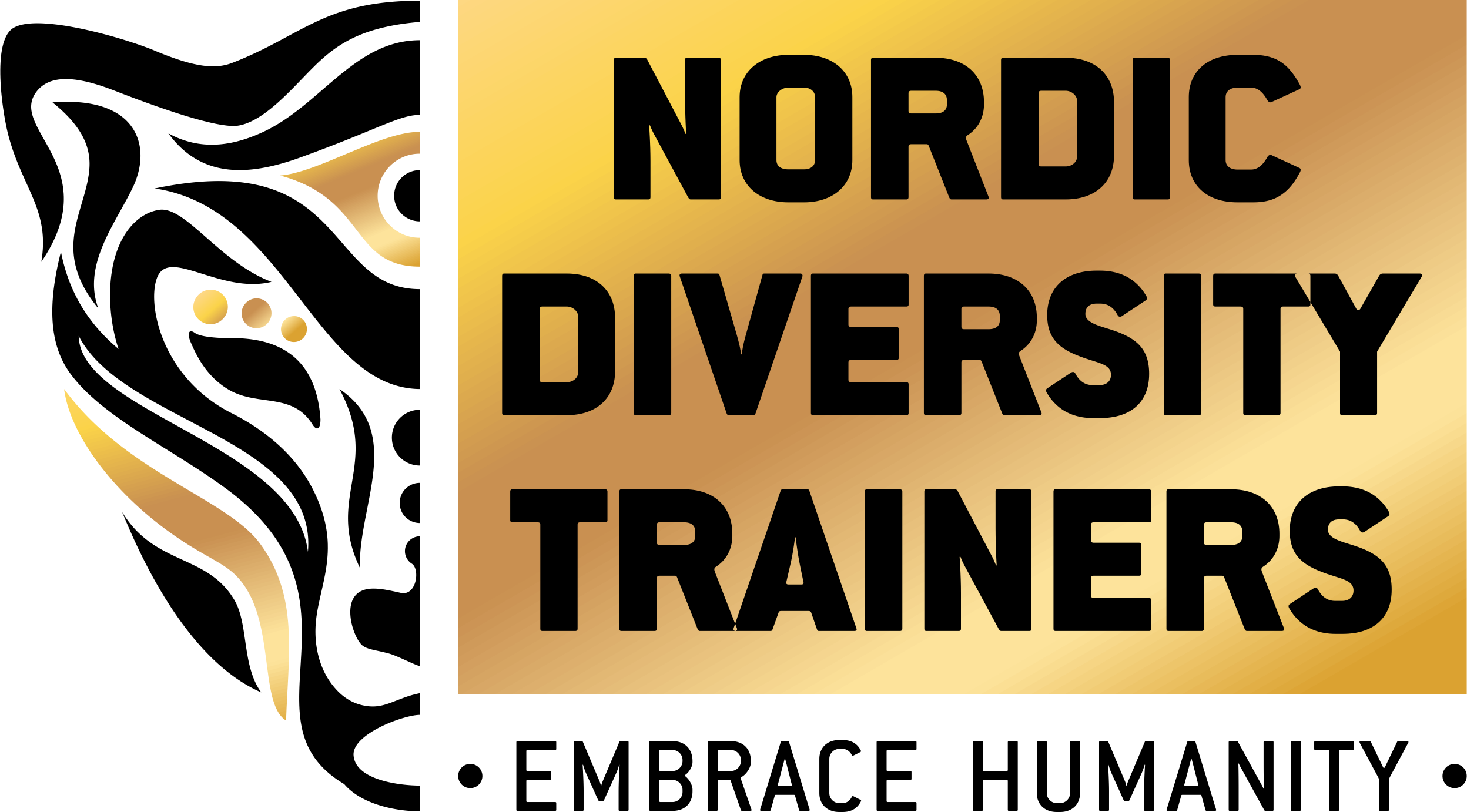How Pandemic and Disaster Shape Cultural Behaviour
photo by Crawford Jolly
No, we never met the dinosaurs. Earth is about 4.5 billion years old and Dinosaurs began dying out 200 – 60 million years ago, homo sapiens evolved out of Africa about 300.000 years ago (Smithsonian, 2020). Research tells us that after already having developed a large population mankind almost went extinct and was again down to about 500 fertile couples 74000 years ago due to a giant volcano outbreak in Indonesia (Max Plank Institute, 2020).
photo by @yoshginsu
Meanwhile small groups of people had already began migrating to different regions of the world and some of those groups had survived in small numbers. All of them developed different coping strategies which changed their social and cultural behaviour in independent ways and also altered their physiognomy accordingly, as for example the melanin in their skin (Hare, 2017). Higher melanin levels lead to darker skin appearance and protect from UV rays of the sun, while lower melanin levels make it possible to absorb Vitamin D in regions with less impact of sunlight (Brenner & Hearing, 2009). Social and cultural behaviour have changed regionally independent as well and while some strategies have developed in similar ways, different groups have also found a diverse range of cultural and social traits. For example, some cultures seem to be focused on managing a crisis, once it evolves, while others try to avoid the crisis in the first place (Thibault, 2019).
Photo by Omar Lopez on Unsplash
Famously, anthropologist Margaret Meads once exclaimed that the first sign of human civilisation was the find of a mended thighbone, which indicated that the person was not left alone to die, but was cared for by others until the bone had healed (Byok, 2012). It is not actually the fittest who survived, but those who were most able to adapt and change and develop social and cultural skills (Hare, 2017). Much of the different development is down to whether a culture tried to live with nature, or rather tried to control it. Milestones in human development have been the beginning of plant and animal farming about 20000 years ago and in the following the settling down, claiming landownership and the development of urbanity about 10000 years ago (Khan Academy, 2017).
Photo by Jeison Spaniol
Around the same time the different human groups also developed more effective ways of transportation, as for example ships and now the newly developed different cultures and physiognomic different types of homo sapiens came into touch with each other once again, eventually leading to race theories and hostilities.
Virus outbreaks, natural disaster and wars have challenged mankind collectively and independently over and again. Traces of how people have responded to those and the lessons learned can be found in religious books, which often give personal, spiritual, nutritional and social hygiene instructions as well as in social and cultural behaviour. Many of the religious books contain advice to what food to avoid, when and how to wash or for example to avoid inbreeding, how to respect nature and to maintain health. For example, Middle Eastern cultures have developed soap and emphasised the importance of washing the body and hands with water, Europeans the use of clean underwear and African Ubuntu culture to live in sync with nature, not to forget Turkish steam baths and Finnish sauna (Hickman, 2020).
Photo by Denny Müller on Unsplash






